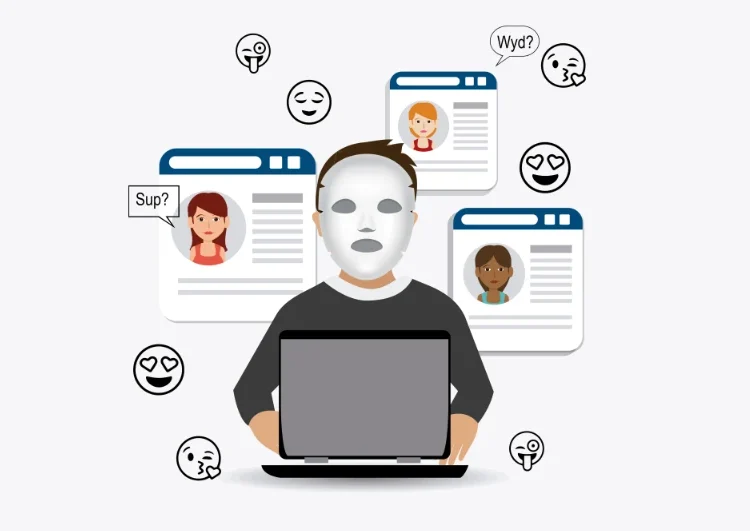In today’s interconnected world, the internet has become an indomitable force that connects people across borders and bridges gaps in ways unimaginable in the past. However, this virtual realm flourishes with countless secrets, and among them lies the deceptive technique known as catfishing. In this article, we will delve into the dangers of catfishing, exploring infamous examples and emphasizing the importance of personal safety when engaging with unknown individuals on the internet.
The Illusion of Identity
Catfishing occurs when someone creates a false identity or persona online, often to deceive others into forming emotional attachments or pursuing fraudulent relationships. The catfisher often adopts a fictional background, photoshopped images, and fabricated stories, preying on the unsuspecting victims who unknowingly fall into their trap.
Famous Examples
Several high-profile cases have shed light on the alarming consequences of catfishing. One such instance involved the renowned Notre Dame football star, Manti Te’o. In 2013, it was revealed that Te’o had been involved in a four-year online relationship with a woman who, tragically, did not exist. The heart-wrenching experience not only shattered Te’o emotionally but also brought the issue of catfishing to the forefront of public consciousness.
Another noteworthy case involved actress Danielle Fishel, who was tricked by an online friend into becoming friends in real life. Later, it was revealed that the person impersonating her friend was an older man pretending to be a young girl. This incident serves as a poignant reminder of the real-life risks and emotional trauma caused by online deception.
Protecting Yourself
As more people flock to social media platforms and online dating sites, it is crucial to remain vigilant and prioritize personal safety. Here are a few key guidelines:
1. Verify identities
Before trusting someone you meet online, take steps to verify their identity. Exercise caution when interacting with individuals who are reluctant to provide personal information or engage in video calls.
2. Red flags to watch for
Look out for inconsistencies in the information shared, overly flattering or exaggerated statements, and reluctance to meet in person. Trust your instincts and be prepared to question any suspicious behavior.
3. Maintain privacy boundaries
Be cautious about sharing personal information, such as your address, workplace, or financial details, with individuals you’ve met online. Remember, genuine connections can be built over time and with mutual trust.
4. Meet in public places
If you decide to meet an online acquaintance in person, always choose well-populated public locations and let a trusted friend or family member know about your plans in advance. It is prudent to prioritize your personal safety over any potential romantic or social aspirations.
Remain Vigilant Online
Catfishing is a perilous consequence of our increasingly connected world, where anonymity can be exploited for malicious purposes. The stories of Manti Te’o and Casey Brengle serve as stark reminders of the emotional and psychological scars left by online deception. As we venture into the vast realm of the internet, it is crucial to remain vigilant, trust our instincts, and prioritize our personal safety. By adopting these measures, we can navigate the online landscape more cautiously and help mitigate the dangers of catfishing.
















































































